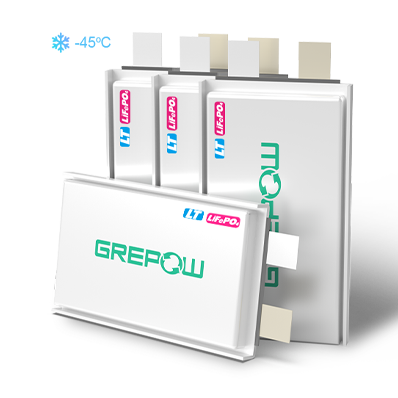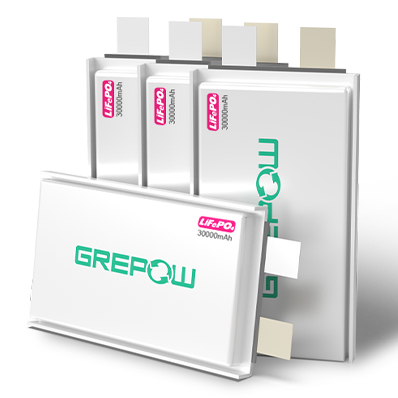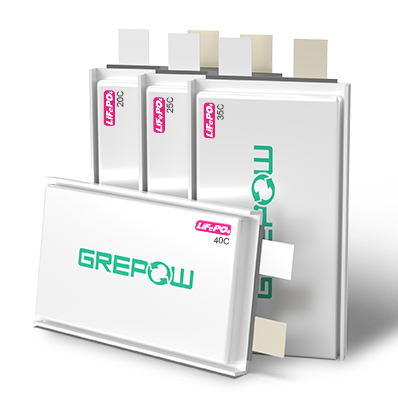How is the lithium battery charged?
Lithium-ion batteries generally use lithium alloy metal oxide as the positive electrode material, graphite as the negative electrode material, and the non-aqueous electrolyte. Almost all mobile phones we use are lithium batteries. At present, most of the popular electric vehicles on the market are powered by lithium iron phosphate batteries. How do the lithium batteries charge and discharge? First, let’s take a look at the structure of lithium batteries. Lithium batteries are generally composed of a positive electrode, negative electrode, electrolyte, and separator. Our common mobile phone lithium batteries are square in daily life. The batteries in electric vehicle battery packs are generally round. There are laminated and winding types
In addition to the positive and negative electrodes of the four contacts on a common mobile phone battery, the remaining contacts are simply used to detect (or monitor) various information of the mobile phone battery. The positive electrode of lithium battery is generally lithium manganese oxide or lithium cobalt oxide, and lithium nickel cobalt manganese oxide materials. Electric bicycles generally use lithium nickel cobalt manganese oxide (commonly known as ternary) or ternary + a small amount of lithium manganate; the negative electrode is generally active The material is graphite or carbon with a similar graphite structure. The separator between the positive electrode and the negative electrode is a specially formed polymer film with a pore size that satisfies good ion permeability and also has electronic insulation, which allows lithium ions to pass freely. And electrons cannot pass. The electrolyte plays a role in transporting charges between the positive and negative electrodes. Generally, it is a carbonate-based solvent in which lithium hexafluorophosphate is dissolved, and a gel electrolyte is used for polymers.
When a lithium battery is charged, the positive electrode releases lithium ions, and the lithium ions pass through the diaphragm through the electrolyte, move to the negative electrode, and combine with the electrons of the abdominal muscles. At this time, the chemical reaction of the positive electrode is LiCoO2=Li(1-x)CoO2 +xLi++xe- (electron), the chemical reaction on the negative electrode is 6C+xLi++xe- = LixC6. When a lithium battery is discharged, the movement of lithium ions is exactly the opposite. Lithium ions enter the electrolyte from the negative electrode, pass through the diaphragm and finally reach the positive electrode, while the electrons travel from the negative electrode to the positive electrode by the external circuit (the direction of electron movement is opposite to the current direction), and the positive electrode This process can make the lithium battery output electric energy. The charging process of lithium batteries is generally divided into three stages: trickle charging, constant current charging, and constant voltage charging.
Take a mobile phone battery as an example. When charging starts, the internal charging management chip first detects the voltage of the battery to be charged. If the voltage is lower than 3V, pre-charge is required. The charging current is 1/10 of the set current and the voltage rises to 3V. , Into the standard charging process. The standard charging process is constant current charging with the set current, when the battery voltage rises to 4.20V, change to constant voltage charging, and keep the charging voltage at 4.20V. At this time, the charging current gradually decreases, and when the current drops to 1/10 of the set charging current, charging ends.
Generally, the output voltage of a mobile phone charger is 5V, and the charging management chip inside the mobile phone is responsible for reducing the voltage to 3.7V suitable for the mobile phone battery. Lithium batteries have relatively high energy. It has a high storage energy density, reaching 460-600Wh/kg, which is about 6-7 times that of lead-acid batteries; long service life, generally up to six years; high power endurance; low self-discharge rate. The applications in daily life are becoming wider and wider. If you are interested in lithium battery products, please don't hesitate to contact us at any time! Email: info@grepow.comGrepow Website: https://www.grepow.com/
Related Articles
-
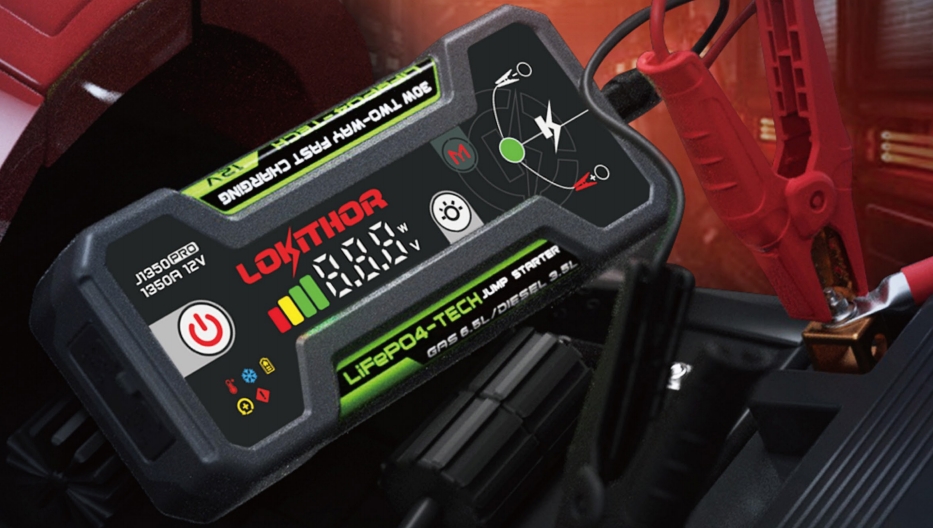
The Ultimate Guide to Grepow Jump Starter
2025-03-27 -
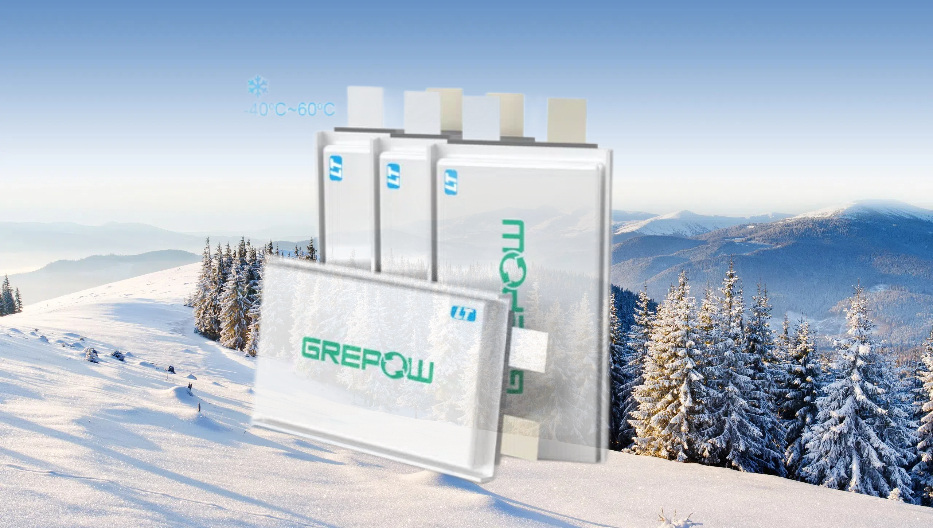
How to Choose Lithium Batteries for Cold Weather?
2024-09-19 -
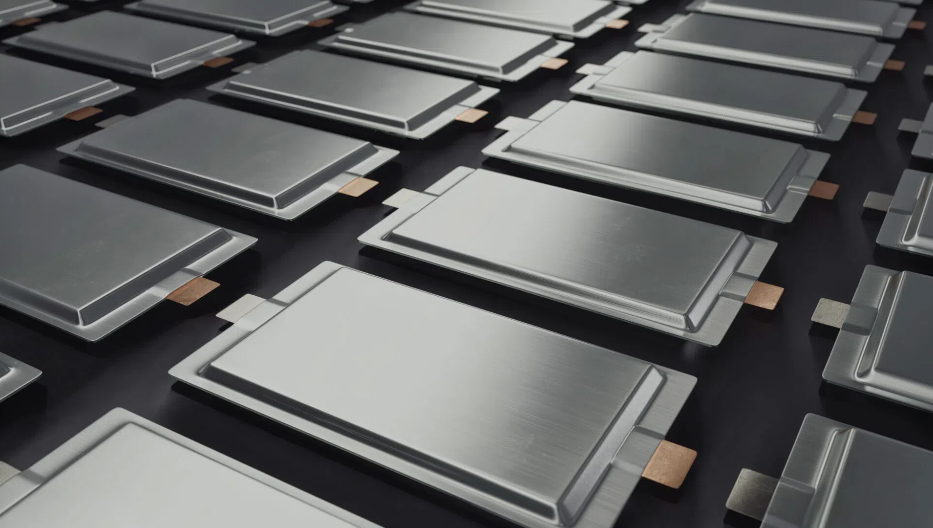
Next-Generation eVTOL Battery Technology
2024-08-22














































